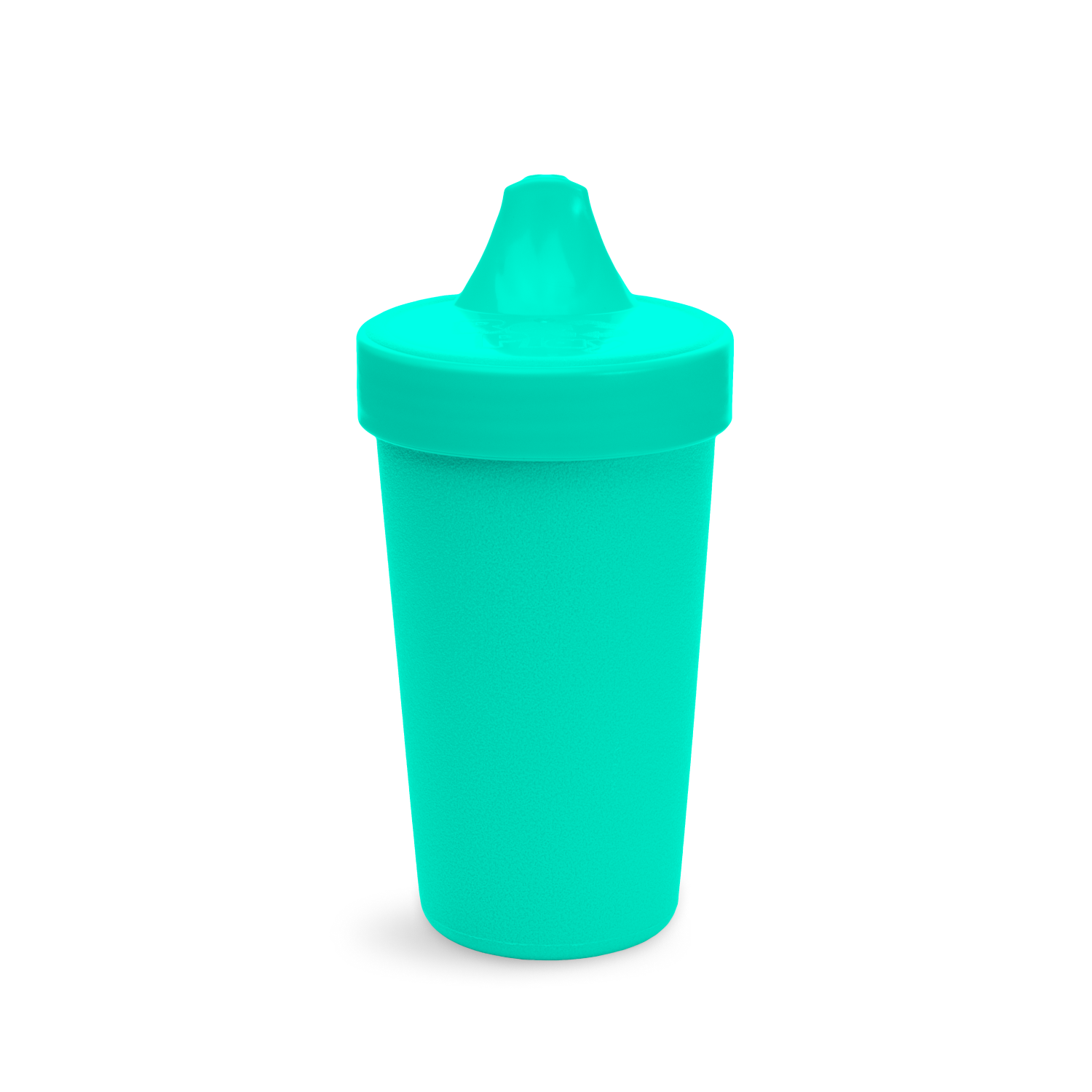The Chaos Before Replay: Why We Started Hunting for New Cups
I swear, the journey to finding a good toddler cup is harder than potty training. We were absolutely drowning in sippy cups, and every single one failed us in a unique and frustrating way. When my second kid, Leo, came along, he proved to be a tiny destruction expert. He’s got this move where he holds the cup just right, leans back, and then fires it like a missile across the kitchen tile. We had enough of it.

I spent hundreds of dollars, honest to God, on those fancy, weighted-straw, “leakproof” cups. They were a joke. They leaked when dropped, they cracked when they hit the floor, and the worst part? The ridiculous valve systems. I was scrubbing those tiny rubber inserts every night, trying to poke out the hidden grime, only to inevitably discover that lovely black mold lurking in the corners a few weeks later. I felt like a terrible parent letting him drink from those things.
We moved houses recently, and while unpacking the kitchen boxes, I dumped out a massive bag of broken, scratched, and permanently cloudy plastic cups. That visual display of wasted money and potential germ factories absolutely ticked me off. I threw them all out and declared: We need one brand, one simple system, that can handle being thrown by a small beast and is actually safe to clean.
The Deep Dive: Researching for Real Safety and Durability
I went straight to the trenches—the hardcore mom forums, not the glossy marketing sites. I typed in every desperate search term imaginable: “Toddler cups that don’t break,” “simplest non-toxic kids cups,” and the name that kept popping up was Replay. I had seen them before, mostly because they come in all those bright, crazy colors, but I had dismissed them because they looked too simple.
But simplicity, I realized, might actually be the key to safety. No complicated valves means nowhere for mold to hide. But the major question was safety and durability. They claim they make their products from recycled milk jugs (HDPE plastic). That sounds good, but I needed proof. I pulled up their documentation. I checked for BPS, BPA, phthalates—the usual suspects. They passed every standard I could find. But the biggest sell for me was knowing exactly what the plastic was—HDPE—a widely known and tested food-safe plastic, unlike those proprietary blends some companies use.
I took the plunge and ordered a set: a few flat toddler plates (we needed unbreakable dishes too) and three of their straw cups with matching lids. I wanted to start testing immediately.

The Stress Test: Leo vs. The Replay Cup
My entire practice revolved around putting the cups through actual toddler life, not just gentle kitchen use. I established three criteria: Survival, Cleanliness, and Zero Odor Transfer.
- The Drop Test (Survival):
The first thing Leo did was exactly what I expected. Full cup of water, launched from the highest point of his high chair, smacking the terracotta tile floor. I braced myself for the spill. Guess what? The lid stayed locked down. The cup bounced. I picked it up, examined the rim—not a scratch or a hairline fracture. We repeated this test multiple times over the week. My tile floor looked worse than the cup did. That thick, heavy-duty plastic absorbed the impact every single time. We moved on to the freezer test and the microwave test (briefly, for thawing small amounts of food)—no warping, no issues.

- The Cleaning Test (Safety):
This is where Replay became my favorite. The straw cups break down into three pieces: the cup, the lid, and the straw. That’s it. No little clear rubber gaskets, no impossible-to-reach vents. I ran them through the dishwasher on the highest heat setting with the ‘sanitize’ cycle. They came out pristine every time. I could see every surface, which assured me that no hidden gunk was building up.

- The Odor Test (Toxicity/Leaching):
I left milk in one cup for a full 24 hours (a common parenting fail). After dumping the milk and washing it with soap and water, I smelled the cup. Nothing. No faint sour-milk smell clinging to the plastic. Cheap plastic often retains odors, which tells me it’s starting to break down or leach. The Replay material resisted that completely. It felt solid, safe, and impervious to the usual toddler grossness.
The Final Verdict: Why We Highly Recommend Replay
We have completely switched over. Every other brand got tossed in the recycling bin (the actual one this time). The safety comes from the quality of the specific plastic they use and the brilliant simplicity of the design. They proved that you don’t need twelve moving parts to prevent a spill; you just need a thick, well-threaded lid and durable material.
I stopped worrying about chemical leaching because I knew the source material was safe, simple HDPE. I stopped worrying about hidden mold because I can easily clean every single surface. My husband pointed out that we haven’t bought a new toddler cup in eight months, which is a miracle in our house.
My sister visited last month and saw the rainbow tower of cups stacked on the drying rack. She asked if I’d just unboxed them. I told her some of those cups had been bouncing around our house and surviving Leo’s throws for most of the year. She couldn’t believe how vibrant and unscratched they still looked. We finally achieved the goal: a safe, practical, and truly durable product that saved my sanity and cleaned up the massive cup graveyard in my cabinets. Go buy them; you won’t regret it.
